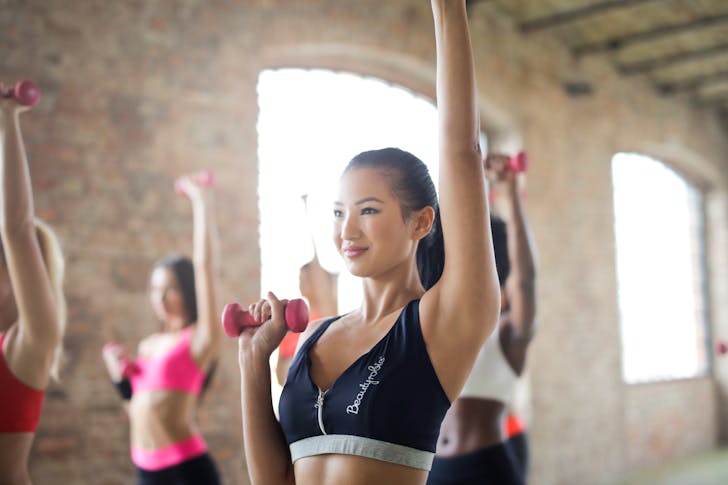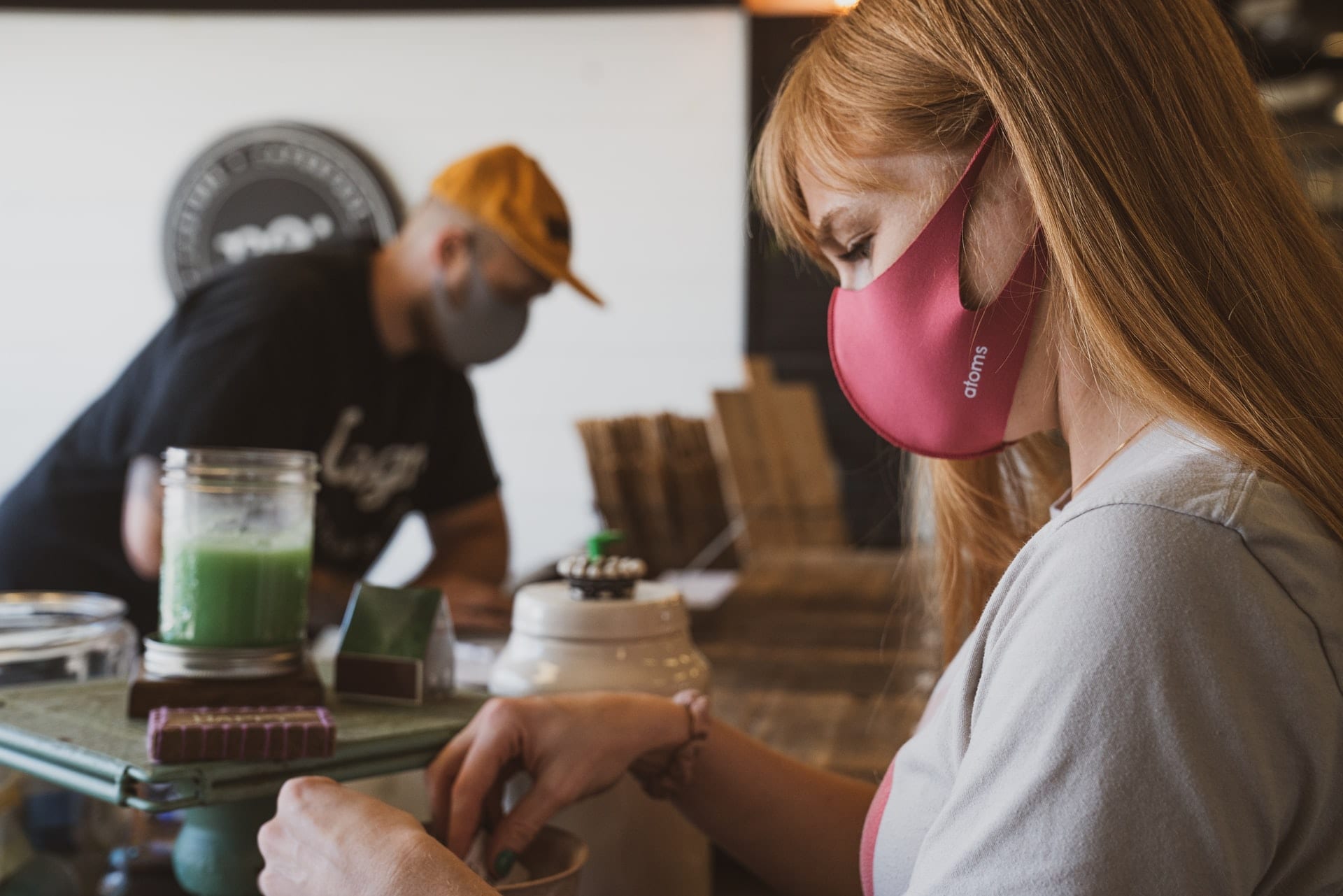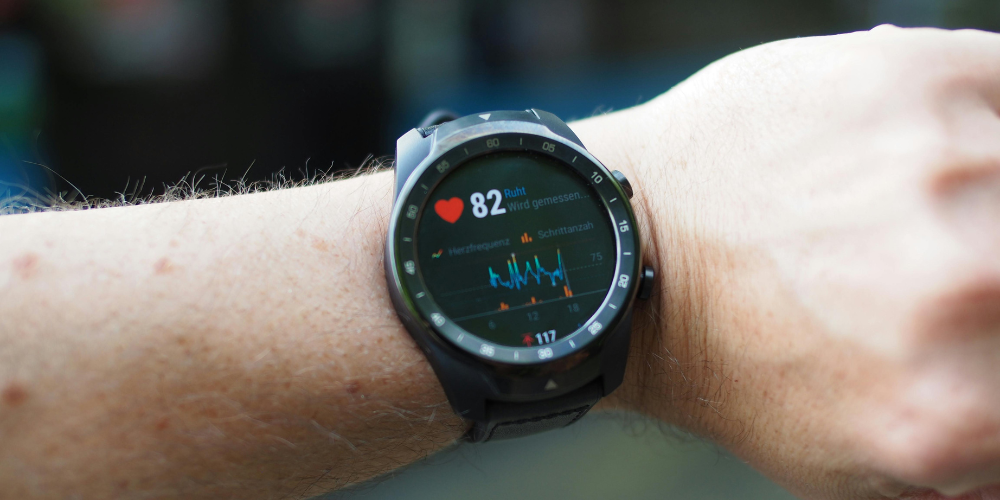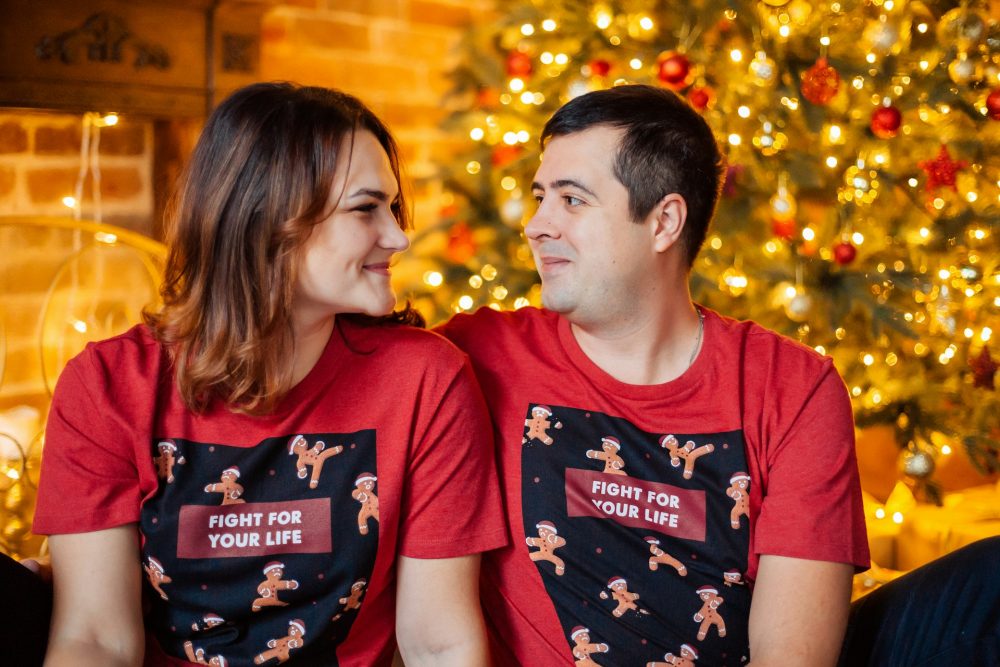Weighted clothing is having a moment. You have probably seen those sleek leggings and tops with tiny built-in weights all over your feed. They look high-tech, stylish, and promise more from every move. But how much are they really doing? Are they just a trend, or are they truly enhancing your workout?
On the other side, we have old-school weighted vests. Not as pretty, not as discreet, but they have been around for decades and are trusted by athletes, soldiers, and serious fitness junkies.
So, what is better? Let’s break down the key differences and get real about what each one actually does for your body:
Weighted activewear is light. We are talking half a pound to maybe three pounds total. That is like carrying a water bottle in your bag. The idea is to add just enough resistance to make your muscles work a bit harder without altering your movement.

Olly / Pexels / Weighted vests bring more heat. They are adjustable and can go from 5 pounds up to 30 or more. You can load up as you get stronger.
This kind of weight adds serious resistance, which actually changes how your body works during a workout. It is not subtle, and that is the point.
When Should You Use Each?
Weighted activewear is best suited for slower, high-repetition exercises. Think Pilates, Barre, or yoga-inspired flows. You are not doing anything explosive or super heavy, so a little extra weight feels like a bonus without messing with your form.
Weighted vests are for real movement. Use them for walking, bodyweight squats, lunges, or climbing stairs. They push your body to work harder, which means more muscle engagement and more energy burned. You will feel it.
Is There Any Real Strength Benefit?
Tiny weights won’t significantly improve muscle or bone strength. The science backs this up. Those micro loads just aren’t enough to stress your muscles in the way they need to grow or strengthen.
Vests can help, though. When you use enough weight and keep it consistent, your body reacts. Muscles get stronger. Bones get denser. It is the same principle as lifting weights. The key is making sure it is heavy enough to challenge you but not so heavy that you wreck your form.
Will It Help You Burn More Calories?
Weighted leggings won’t make a difference here. The added weight is too small to matter. In fact, the difference is less than what you naturally fluctuate day to day just from food, water, and sleep.

Ferguson / Pexel / Vests can crank things up. More weight means your body works harder, even just walking. That means more calories burned during and after your workout.
Plus, during weight loss, using a vest can help protect your muscle mass and metabolism.
What Do The Experts Say?
Fitness pros see weighted activewear more as a mental boost. It feels like you are leveling up your workout, but the change in results is minimal. It is kind of like wearing a wristwatch that tracks steps.
Vests get the thumbs-up. When used properly, they are backed by research and trainers alike. Just like adding weight at the gym, they give your body the challenge it needs to grow, improve, and adapt.
How to Do It Safely
Don’t overdo it. Start with a vest that is about 5 to 10 percent of your body weight. That might only be 5 to 10 pounds, and that is fine. You will feel it more than you think. As you become stronger, add weight gradually and listen to your body's cues.
Form matters most. Choose a vest that fits snugly so it doesn’t bounce. You want the weight close to your body. If your posture starts to slip or your back feels uncomfortable, take it off. Too much too soon is a quick way to get hurt.








